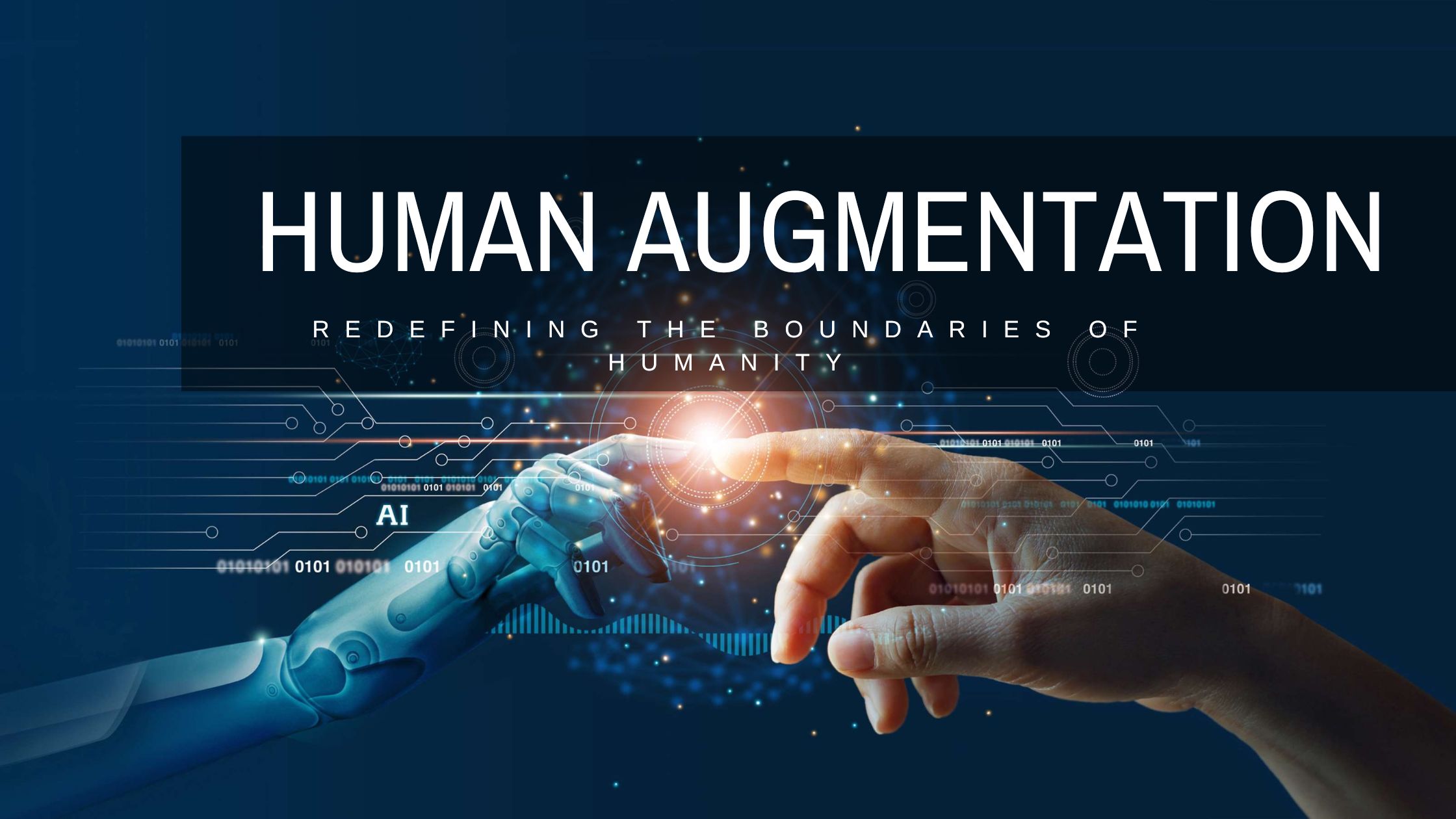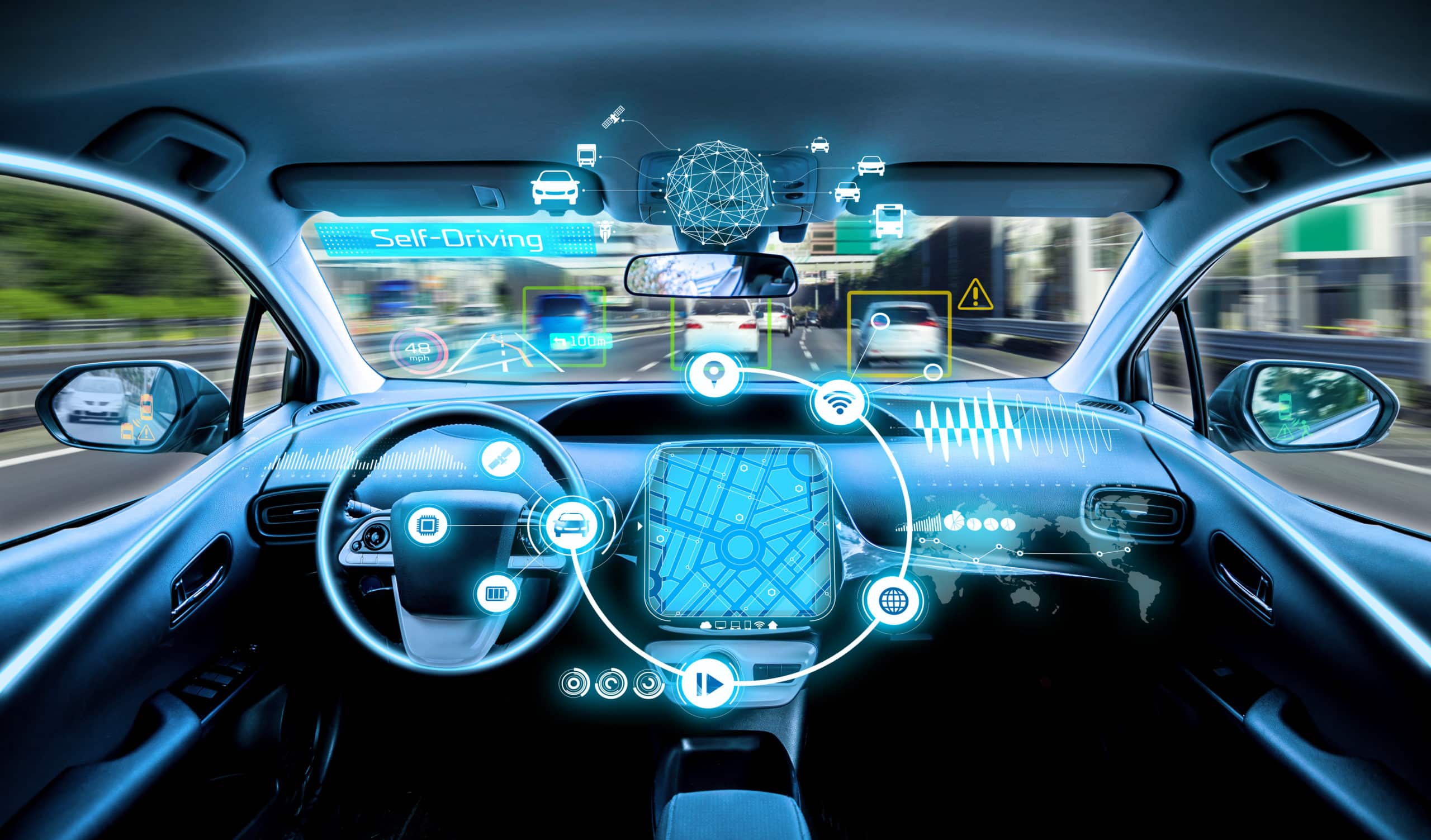Table of Contents
ToggleHuman Augmentation: Redefining the Boundaries of Humanity
Human augmentation is a transformative concept that blends technology and biology to enhance human capabilities. From advanced prosthetics to brain-computer interfaces, human augmentation is both real and rapidly evolving. In this article, we’ll explore the history of human augmentation, its current applications, potential drawbacks, and future implications, all while examining real-world experiences and examples that illustrate its profound impact on society.
Understanding Human Augmentation: A Definition
Human augmentation refers to the use of technology and biological enhancements to improve human physical or cognitive abilities. This can include various applications, such as medical prosthetics, genetic modifications, and neurotechnologies that interface directly with the brain. As our understanding of human biology advances and technology becomes more sophisticated, the possibilities for augmentation are expanding exponentially.
A Brief History of Human Augmentation
Early Innovations
The quest for human augmentation stretches back thousands of years, rooted in humanity’s long-standing pursuit to enhance physical and sensory abilities. Evidence of early prosthetic devices can be found in ancient Egypt, where wooden toes were discovered on mummies, suggesting that even then, people sought to replace lost functionality.
The Industrial Revolution
The 19th and 20th centuries brought significant advancements. The introduction of the first modern prosthetics made from materials like aluminum and plastic allowed amputees to regain a degree of mobility. The emergence of powered prosthetics in the 1960s represented a significant turning point in the field, transforming how amputees regained mobility and functionality. Equipped with motors and sensors, these devices empower users to execute a wider array of movements with greater precision and ease.
The Digital Age
With the dawn of the digital age, human augmentation took on new dimensions. The cochlear implant, invented in the 1970s, revolutionized hearing restoration for deaf individuals by transforming sound into electrical signals that stimulate the auditory nerve, enabling users to perceive sound once more. The development of retinal implants in the early 2000s similarly aimed to restore vision for those with retinal degeneration.
The Present Day
Today, human augmentation encompasses advanced technologies such as brain-computer interfaces (BCIs), gene editing, and even 3D-printed organs. Companies like Neuralink, founded by Elon Musk, are pioneering efforts to create BCIs that could potentially allow individuals to control devices directly with their thoughts.
I found something informative things from this Research paper you can also check out this .
The Current State of Human Augmentation
Real-World Examples
- Prosthetic Limbs: Modern prosthetics, such as the DEKA arm, offer users unprecedented control, enabling them to perform tasks like grasping and manipulating objects with remarkable dexterity. These devices can be controlled by electrical signals from the brain, making them feel almost like natural limbs.
- Cochlear Implants: Over 700,000 people worldwide have benefited from cochlear implants, which can significantly improve hearing and communication abilities. This technology transforms the lives of individuals with hearing impairments, providing them with a more enriching social experience.
- Brain-Computer Interfaces: Companies like Kernel and Neuralink are making strides in developing BCIs that can help individuals with paralysis communicate or control devices. Neuralink has conducted trials involving pigs and monkeys, demonstrating the potential to read neural signals and translate them into actionable commands.
- Exoskeletons: In healthcare, exoskeletons are being employed to support people with mobility impairments, helping them regain movement and independence. Devices like the EksoGT allow users to stand and walk, offering not just physical rehabilitation but also psychological benefits, such as improved confidence and motivation.
Advantages of Human Augmentation
The advantages of human augmentation are vast and diverse, offering a wide range of possibilities for enhancement and improvement:
1. Improved Quality of Life
For individuals with disabilities, augmentation technologies can restore lost functionalities and provide new opportunities for independence. Prosthetics and BCIs can significantly improve the quality of life, allowing users to engage in activities they once enjoyed.
2. Enhanced Productivity
Augmentation technologies in the workplace have the potential to boost both productivity and safety, optimizing efficiency while reducing risks. For example, exoskeletons can enable workers to lift heavy objects more easily, reducing the risk of injury and fatigue in physically demanding jobs.
3. Medical Advancements
Augmentation technologies can aid in medical treatment and rehabilitation. For example, robotic systems can assist in physical therapy, providing real-time feedback and personalized rehabilitation plans.
4. Cognitive Enhancements
As BCIs advance, the potential for cognitive enhancements becomes increasingly viable. These technologies could improve memory, learning speed, and problem-solving abilities, leading to new ways of approaching education and work.
Drawbacks and Ethical Considerations
While the advantages of human augmentation are significant, several drawbacks and ethical dilemmas warrant careful consideration:
1. Access and Inequality
One major concern is that human augmentation may only be accessible to the wealthy, potentially exacerbating existing social and economic inequalities. If only a select few can afford advanced augmentation technologies, it could lead to a divided society where enhanced individuals have significant advantages over those who cannot access these enhancements.
2. Safety and Security
With technologies that interface directly with the human body or brain, issues of safety and security become paramount. Hacking a brain-computer interface could lead to dire consequences, including unauthorized control over an individual’s thoughts or actions.
3. Identity and Humanity
As augmentation technologies blur the lines between human and machine, philosophical questions about identity and humanity arise. What does it mean to be human in an era where we can enhance ourselves beyond natural limitations? Will we lose our sense of self as we become more technologically integrated?
4. Dependence on Technology
Increased reliance on augmentation technologies may result in diminished abilities to perform tasks without them. If individuals become accustomed to using enhanced capabilities, they may struggle to adapt when those technologies are unavailable.
Use Cases: Where to Apply Human Augmentation
The potential applications for human augmentation span various fields and industries:
1. Healthcare
In the medical realm, human augmentation can revolutionize rehabilitation, surgery, and patient care. Augmented reality (AR) can provide surgeons with real-time data and visualizations, enhancing precision and outcomes during operations.
2. Military
The military sector is exploring augmentation technologies to enhance soldiers’ capabilities. Exoskeletons can improve strength and endurance, while BCIs may provide soldiers with improved situational awareness and communication.
3. Sports
In the world of athletics, augmentation technologies could enhance performance, raising ethical questions about fairness in competition. As athletes explore the limits of human performance, debates surrounding the integrity of sports will likely intensify.
4. Education
Cognitive enhancements through BCIs could transform education, offering personalized learning experiences that cater to individual needs and learning styles. This could lead to improved academic outcomes and a more engaged student population.
The Future of Human Augmentation: A Complete Transformation?
As we look ahead, the potential for human augmentation to fundamentally change humanity is both exciting and daunting. With the rapid advancements in technology, we could witness a future where human capabilities are vastly enhanced, potentially leading to a redefinition of what it means to be human( future aspects ).
Evidence of Change
Various initiatives underscore both the current advancements and future possibilities of human augmentation:
- DARPA’s Revolutionizing Prosthetics Program: This initiative aims to create advanced prosthetic limbs that can be controlled through thought. In trials, users have demonstrated the ability to control these devices with remarkable precision, opening doors to enhanced mobility.
- Neuralink’s Trials: Neuralink’s work with animals has shown promising results in reading and interpreting neural signals. The company aims to conduct human trials in the near future, paving the way for potential applications in treating neurological disorders and enhancing cognitive function.
- CRISPR and Gene Editing: Innovations such as CRISPR are transforming the field of genetics by enabling scientists to edit genes with remarkable accuracy. This could lead to enhancements in human health, longevity, and even capabilities, though it raises ethical questions about designer babies and genetic inequality.
I have numerous examples and evidence that demonstrate the changes brought about by human augmentation.
read our other informative and helpful articles on technology and AI
Conclusion: Navigating the Path Forward
Human augmentation represents a fascinating intersection of technology and biology, promising to redefine the human experience in profound ways. While the potential benefits are significant, the challenges and ethical considerations must be addressed thoughtfully.
As we approach this new frontier, it is essential to have conversations about the implications and consequences of human augmentation. We must consider how to ensure equitable access to these technologies while preserving the essence of what it means to be human.
In the coming decades, human augmentation could lead to a fundamental transformation of society. The choices we make now will shape the trajectory of this journey, guiding us toward a future where technology enhances rather than diminishes our humanity. As we embrace these advancements, we must ask ourselves: How do we want to shape our future? Will we enhance our capabilities while preserving our core identity, or will we risk losing what makes us human? The answers to these questions will be critical as we navigate the complex landscape of human augmentation.
Feel free to comment on any part of it to better fit your style and background, we will consider your suggestions !
In future we will update and add more information’s to make this Unique and better version
Thanks for reading…












Wow 😮
we are glad you like this article. Thanks for reading
Such a thoughtful piece! I found the AI Tools Directory to be incredibly helpful when researching this topic. The AI Tools Directory has everything organized so well.
Understanding lottery odds helps players make informed choices, yet even with analysis, luck still plays a big role. Platforms like SuperPH offer thrilling alternatives with diverse gaming options for those seeking more than just chance.
Sprunki Game breathes fresh life into Incredibox with a rich sonic palette and stunning visuals. As a music tech enthusiast, it’s exciting to see such creative innovation. Check it out at Sprunki Game!
Exploring random number generators in gambling tech reveals how platforms like Jili Online maintain fairness. Their diverse game selection and secure interface make them a solid choice for players seeking reliable online gaming.
Understanding roulette odds can really enhance your gameplay strategy. It’s fascinating how platforms like Jili777 integrate such math-driven experiences into their diverse game library.